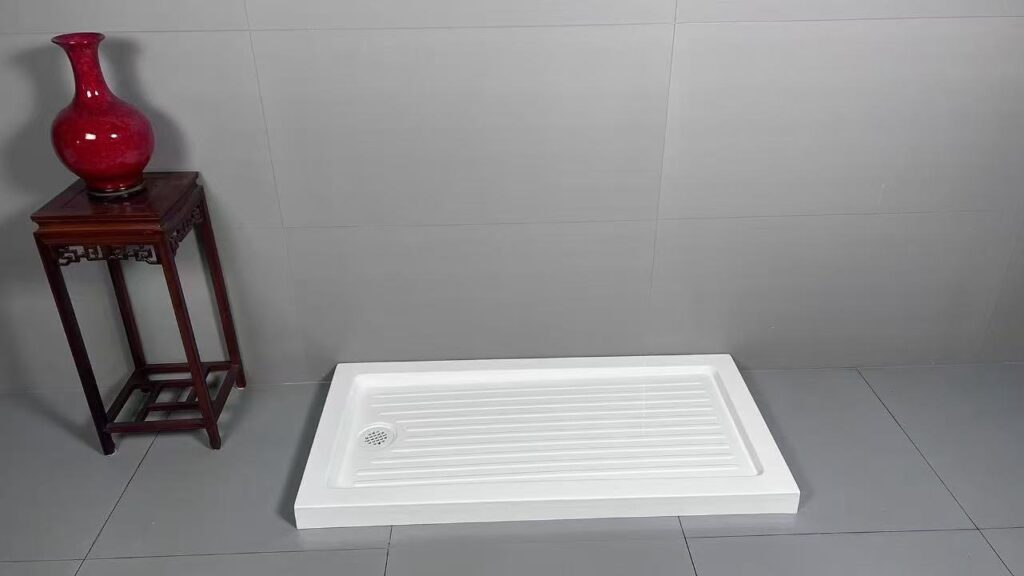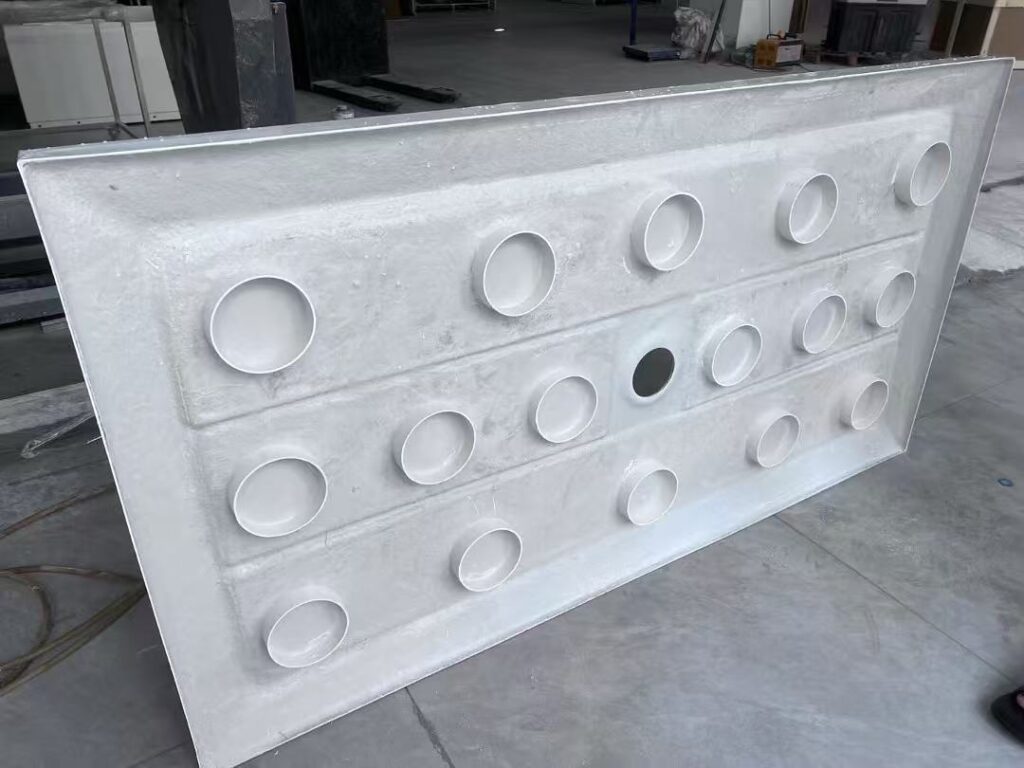To ensure the tightness of the acrylic shower base, you can take the following measures:
- 1. Choose the right sealing material
– Silicone sealant: Use high-quality mildew-proof silicone to ensure it is waterproof and moisture-resistant.
– Waterproof tape: Use waterproof tape at the joints to enhance the sealing effect.
- 2. Correctly install the base
– Level the ground: Make sure the ground is level before installation to avoid deformation or uneven force on the base.
– Base fixing: Use screws or glue to firmly fix the base to prevent movement and cause sealing failure.
– Edge sealing: Apply silicone evenly at the joints between the base and the wall and the ground to ensure there are no gaps.
- 3. Regular maintenance
– Check the sealant: Check regularly whether the silicone is cracked or falling off, and repair it in time.
– Clean the base: Avoid dirt accumulation and corrosion of the sealing material.
- 4. Drainage system design
– Reasonable slope: Ensure that the base has an appropriate slope to facilitate drainage and reduce the impact of accumulated water on the seal.
– Drain port seal: The connection between the drain port and the base should be well sealed to prevent water leakage.
- 5. Avoid excessive load
– Prevent heavy pressure: Avoid placing heavy objects on the base to prevent deformation from affecting the sealing.
- 6. Professional installation
– Ask professionals to install: Ensure the installation specifications to avoid poor sealing due to improper operation.
Through these measures, the sealing of the acrylic shower base can be effectively guaranteed and the service life can be extended.



